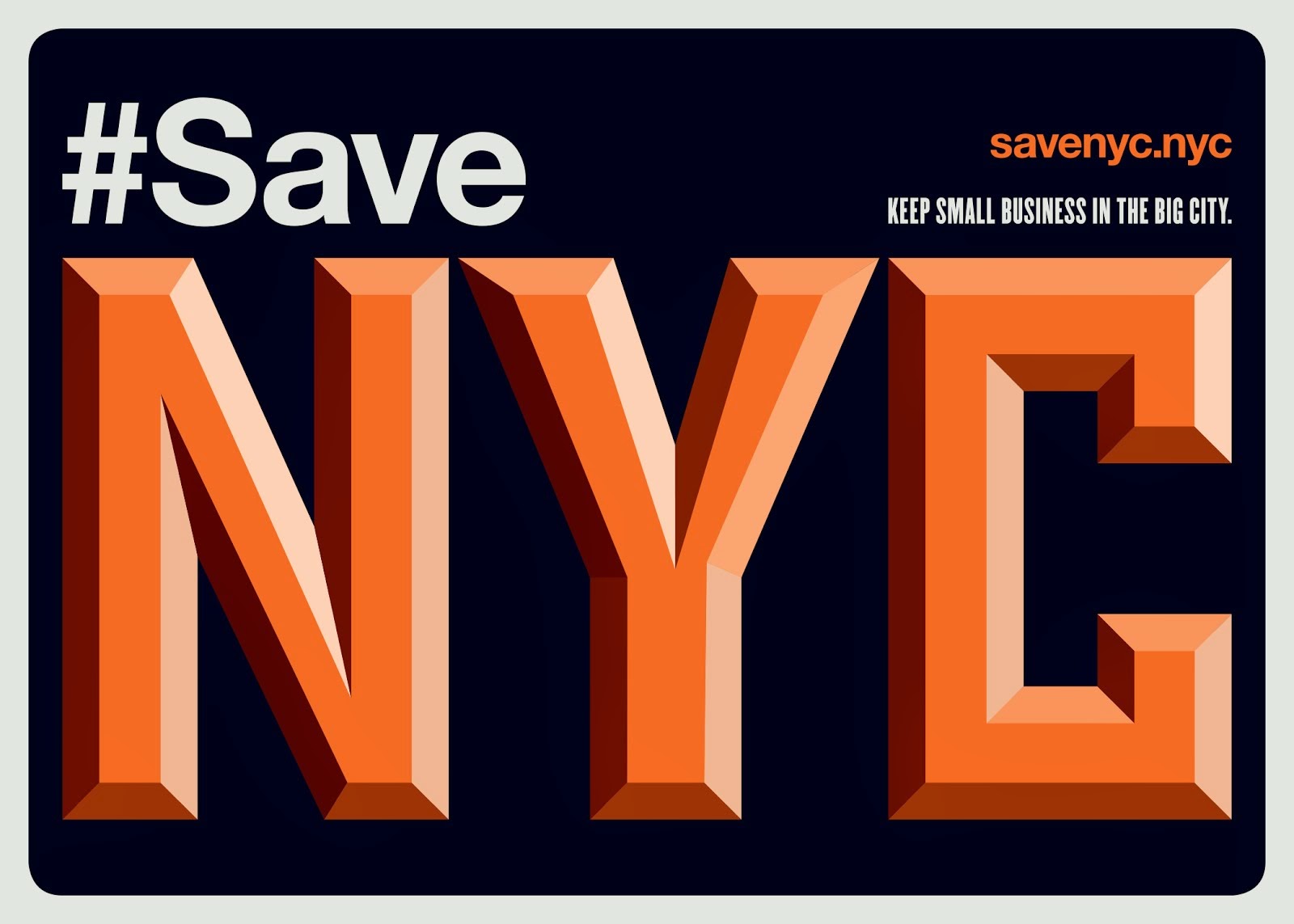
When the company closed in the 1930s, these offices continued to function in various capacities until 1965 or so. Citibank bought it, boarded it up, and forgot about it for decades. In old photos, the building sits forlorn and mysterious, its gorgeous ornamentation covered by plywood.
In 1987, Christopher Gray described it in the Times as "a burnt brown riot of pressed and shaped brick, chimneys with spiral designs, stepped gables and round-bottomed roof tiles... The entire building is a rich symphony of hard-burnt brown, cream and umber."

The building was landmarked in 1982 but nothing was done to protect it from the elements. The plywood on its doors and windows was left to rot and warp.
A couple of years ago, the building was wrapped in scaffolding and netting for "remedial repairs," noted Brownstoner. "Silvercup Studios planned to build a studio on the lot behind the building and restore the Vernon Boulevard landmark. Plans stalled after the economic downturn."

In old photos, the little building stands in front of a large factory and next to a yard for storing terra-cotta sculpture. (In the background, the cantilever Queensboro Bridge is half built.) In his 1891 book Terra-Cotta in Architecture, Walter Geer described the factory in detail. "The first story contains the engine, boilers, machinery for preparing clay, and the clay, coal and grit pits." This machinery included washer and slip tanks, crushers and mill stones, as well as some items known as pug mills. There were 12 kilns.
The clay came from New Jersey. It was mined, seasoned, and delivered to the factory, where it was crushed, ground, washed, and mixed with grit before being molded and sculpted. From there, the terra cotta got shipped off to adorn some of the most beautiful buildings in the city.

Today, the scaffolding and netting has been removed from the terra-cotta works office building. The windows are properly protected. The bricks, many of them made of textured terra-cotta, along with all the scrollwork, are looking clean and fresh.
What's next for this historic site?





6 comments:
This was during a time when immigrants brought traditional skilled labor over to NYC and the greater USA. Nice to see this structure has been well preserved considering it's abandonment.
In my dreams it becomes a school for underprivileged kids to learn Pottery, and studios for upcoming and established potters, and a store for the rich and very privileged to order ornamentation and practical one of a kind items for their homes. My guess, given current trends, is it will become high end luxury housing, and the land around it will be developed into a kind of high end mall for those same folks maids, cooks and other service personnel to purchase the necessities for servicing them.
This was the company of my great-grandfather, Walter Geer, and employed my grandfather, Walter Geer Jr. My sister and I still have small objects made there.
Grandpa Walter Geer, Jr. went from VP/Treasurer to Washington, CT dairy farmer in the 30's, perhaps figuring food was more depression-proof!
Dear Jeremiah,
After exploring Queensbridge Park, I unexpectedly encountered beautiful brown-colored building just below the Queensboro Bridge last Sunday. As a New York hidden gem history buff, I really wanted to know what it is. Thank God, I found your blog and found it out immediately. It was surrounded by fence due to major renovation in the area. It should be used as a history museum or at least as a Queens ice cream parlor as Brooklyn Bridge Park has been doing.
Thank you very much for your useful information!
Junko Inaga
My grandfather, Richard F Dalton an Irish immigrant from humble means was Treasurer and then President of NYAT, and later reformed the assets into Eastern Terra Cotta, I was in the office building once in the late '60's after my grandfather passed in 1965. My treasure from NYAT are two 9.5in bisqued terra cotta tiles of a profile of a woman, one eyes open, one eyes closed with flowing hair, a crescent moon in the background and clouds below... classic Art Nouveau. They were in my grandmothers and then my mother's kitchen.
Post a Comment